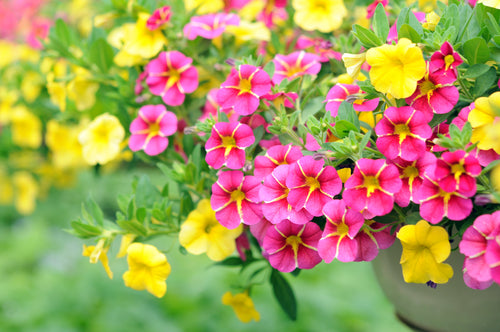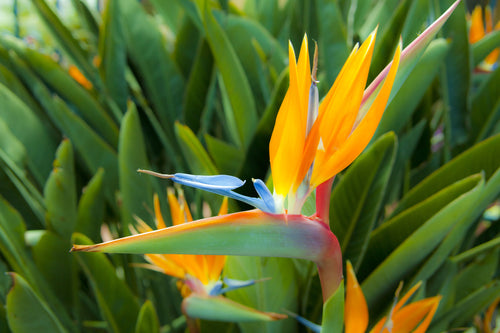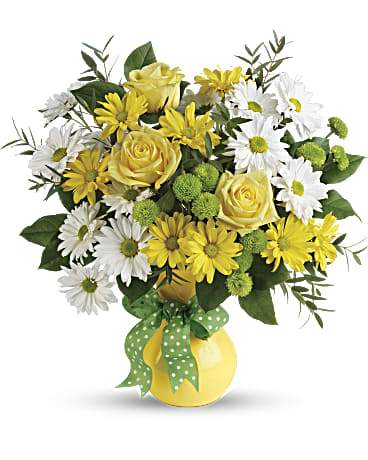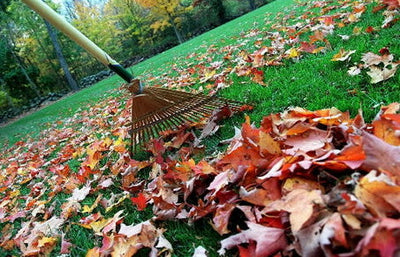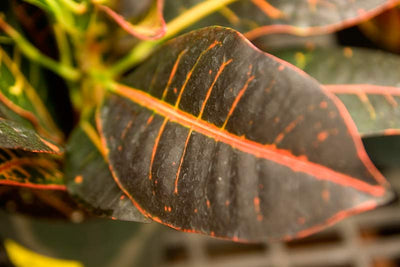We gardeners all long for one last burst of color to enjoy before winter arrives. Why not try looking to native plants for both color and vital wildlife services this autumn.
For autumn we tend to reach for those cultivated favorites we have come to know and love: mums, pansies, asters, ornamental kales, cabbages, peppers and grasses. Although ornamentals offer vibrant color, they do little to support our wildlife, which includes insects. Many ornamentals are not derived from native Illinois plants, and our local fauna cannot utilize them.
By all means, keep enjoying your colorful favorites, simply try to add a few natives this year.
Supporting Backyard Wildlife
What is the importance of this so-called “wildlife,” and why should gardeners be concerned? Every creature has a role to play in our ecosystem; insects form the backbone of our entire natural world and the vital ecosystem services it provides to us.
Most of the original native habitat in Illinois has been modified or even destroyed. What was once prairie, savanna, and wetland is now agricultural fields and habitat for humans. With so few pockets of high-quality habitat remaining for wildlife, home yards have taken on a new importance in their support.
Typically our urban home environments are dominated by turf and a narrow selection of nonnative ornamentals. Both do little to provide the elements necessary for wildlife survival—shelter, food, water, and habitat.
Does supporting wildlife mean letting your yard run wild? Let me assure you otherwise. Don’t think you have to convert your entire yard into a ‘natural’ area! Small changes are equally important. Replace a few ornamentals with native plants.
We currently still have an overall trend that favors groomed lawns and tightly clipped shrubs, which eliminate refuge or food for native bees, butterflies, insects, and birds. To enjoy both worlds, keep that neat lawn, and have it lead up to a bed with native plants, keeping the tidy look and showing your neighbors that you planned those native plants all along.
We may think of Illinois as full of natural lands, but keep in mind that land dedicated to food production often is not wildlife friendly, and forest preserves are currently challenged by invasive plants, reducing their botanical diversity. We cannot rely solely on other lands to carry the burden of supporting our wildlife. We must also turn our attention to our very own yards.
Planting Native Benefits
Native plants have several advantages over their nonnative counterparts. One, they are adapted to the conditions and thus will require less care. This does not mean you’ll never have to tend to them, but once these plants are established they will not need mollycoddling.
Two, extensive root systems mean native plants don’t require constant watering in the heat of summer. Soil amendments or fertilizers are also unnecessary, though the plants’ ultimate size will be influenced by the richness of the soil.
Another benefit is that native plants need not be repurchased every year; the perennials will regrow and the annuals will reseed, returning year after year. Keep in mind that perennials, unlike annuals, do not bloom continuously throughout the season, so select plants carefully to ensure a steady show of blossoms.
Another key to success is selecting suitable plants. Some native plants, although beneficial, are quite aggressive in character and will ultimately take over your bed—or even worse, your yard!
Many of the late-blooming natives are characterized by yellow, pink, and purple blooms. The wide variety of native asters ranges from white to pink, purple, and blue, and native goldenrods offer a spectrum of vibrant yellows.
Goldenrod has a negative connotation for many people, largely because of the tall and ubiquitous variety that grows along roadsides and in other disturbed areas. But about 15 different species of goldenrod are native to Illinois, including stiff, showy, and bluestem goldenrod. (Be aware that many goldenrods are unsuitable for conventional garden use as they can be aggressive.)
Plants can be purchased as seeds, plugs, or potted plants, depending on availability. Seeds cost the least but require much more time to become established and a lot more maintenance in the form of weeding. Planting plugs or preferably potted plants will help to avoid potential disappointment.
So what is the best place to purchase native plants? At Pesche’s we are proud to grow and offer an extensive selection of native plants. We list our native plant assortment online to help you plan prior to your visit. We recommend shopping in spring or early summer to benefit from a wide assortment. Please contact us if seeking specific plants not listed. Also, local plant sales sponsored by various organizations offer natives in spring.
Be aware when purchasing native plants for pollinator and wildlife purposes, try and select original species and avoid any cultivars. Cultivars are identifiable by catchy non-Latin words following the Latin name, such as Solidago rugosa 'Fireworks'.
Once you’ve invested in adding native plants to your fall garden, you can sit back and enjoy the butterflies and your final glimpse of hummingbirds for the season.



